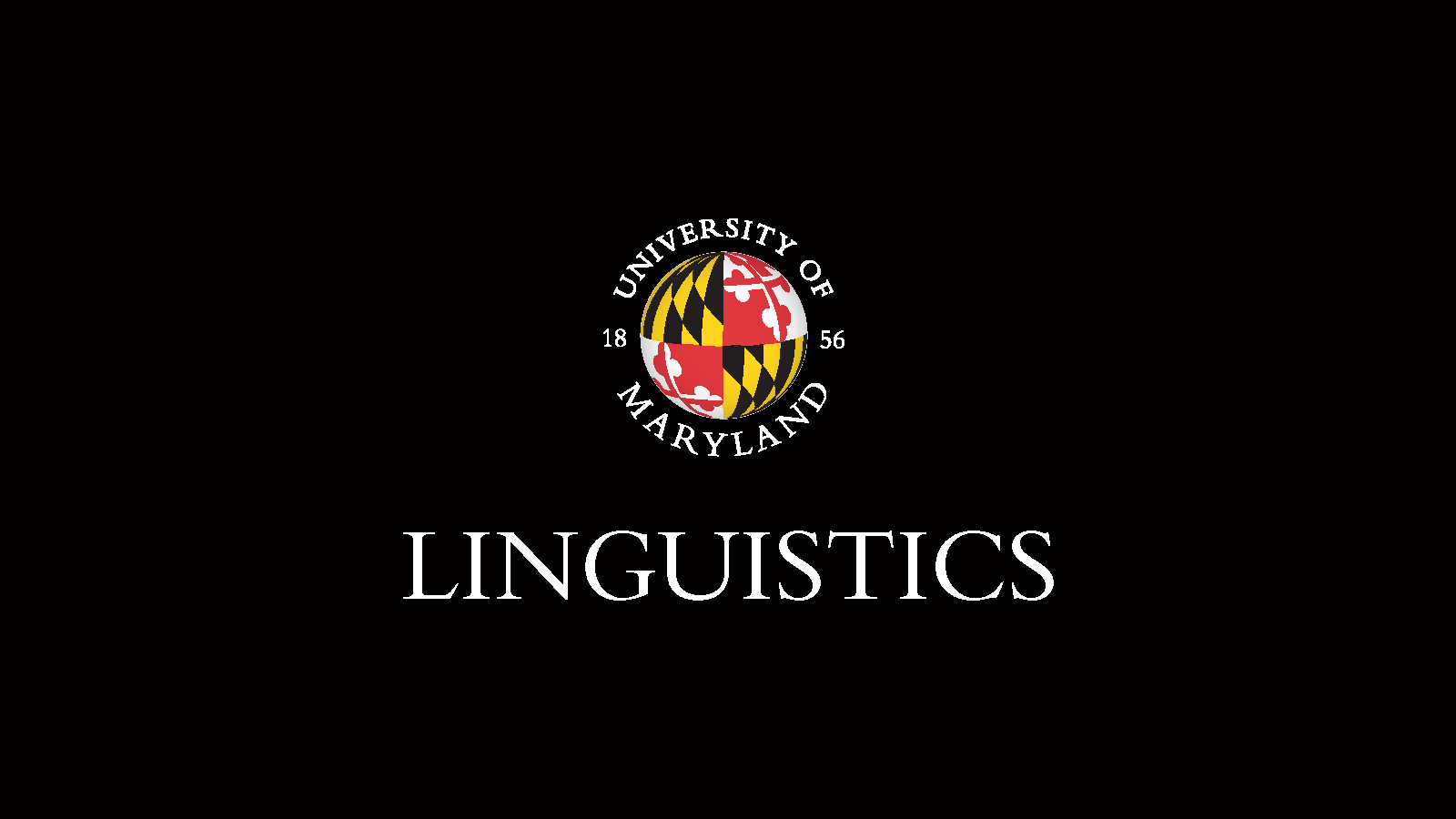Naomi and Chris Dyer, keynotes at CoNLL
July 26, 2017

The ACL's Conference on Computational Natural Language Learning has as its two keynote speakers our own Naomi Feldman, along with 2010 alum Chris Dyer.
August 3-4 in Vancouver, BC, the ACL's Conference on Computational Natural Language Learning has as its two keynote speakers our own Naomi Feldman, along with 2010 alum Chris Dyer. This year CoNLL focuses on statistical, cognitive and grammatical inference, with Naomi discussing "Rational distortions of learners' linguistic input" and Chris asking "Should Neural Network Architecture Reflect Linguistic Structure?". * Rational distortions of learner's linguistic input
Language acquisition can be modeled as a statistical inference problem: children use sentences and sounds in their input to infer linguistic structure. However, in many cases, children learn from data whose statistical structure is distorted relative to the language they are learning. Such distortions can arise either in the input itself, or as a result of children's immature strategies for encoding their input. This work examines several cases in which the statistical structure of children's input differs from the language being learned. Analyses show that these distortions of the input can be accounted for with a statistical learning framework by carefully considering the inference problems that learners solve during language acquisition.
* Should neural network architecture reflect linguistic structure?
I explore the hypothesis that conventional neural network models (e.g., recurrent neural networks) are incorrectly biased for making linguistically sensible generalizations when learning, and that a better class of models is based on architectures that reflect hierarchical structures for which considerable behavioral evidence exists. I focus on the problem of modeling and representing the meanings of sentences. On the generation front, I introduce recurrent neural network grammars (RNNGs), a joint, generative model of phrase-structure trees and sentences. RNNGs operate via a recursive syntactic process reminiscent of probabilistic context-free grammar generation, but decisions are parameterized using RNNs that condition on the entire (top-down, left-to-right) syntactic derivation history, thus relaxing context-free independence assumptions, while retaining a bias toward explaining decisions via "syntactically local" conditioning contexts. Experiments show that RNNGs obtain better results in generating language than models that don’t exploit linguistic structure. On the representation front, I explore unsupervised learning of syntactic structures based on distant semantic supervision using a reinforcement-learning algorithm. The learner seeks a syntactic structure that provides a compositional architecture that produces a good representation for a downstream semantic task. Although the inferred structures are quite different from traditional syntactic analyses, the performance on the downstream tasks surpasses that of systems that use sequential RNNs and tree-structured RNNs based on treebank dependencies. This is joint work with Adhi Kuncoro, Dani Yogatama, Miguel Ballesteros, Phil Blunsom, Ed Grefenstette, Wang Ling, and Noah A. Smith.

